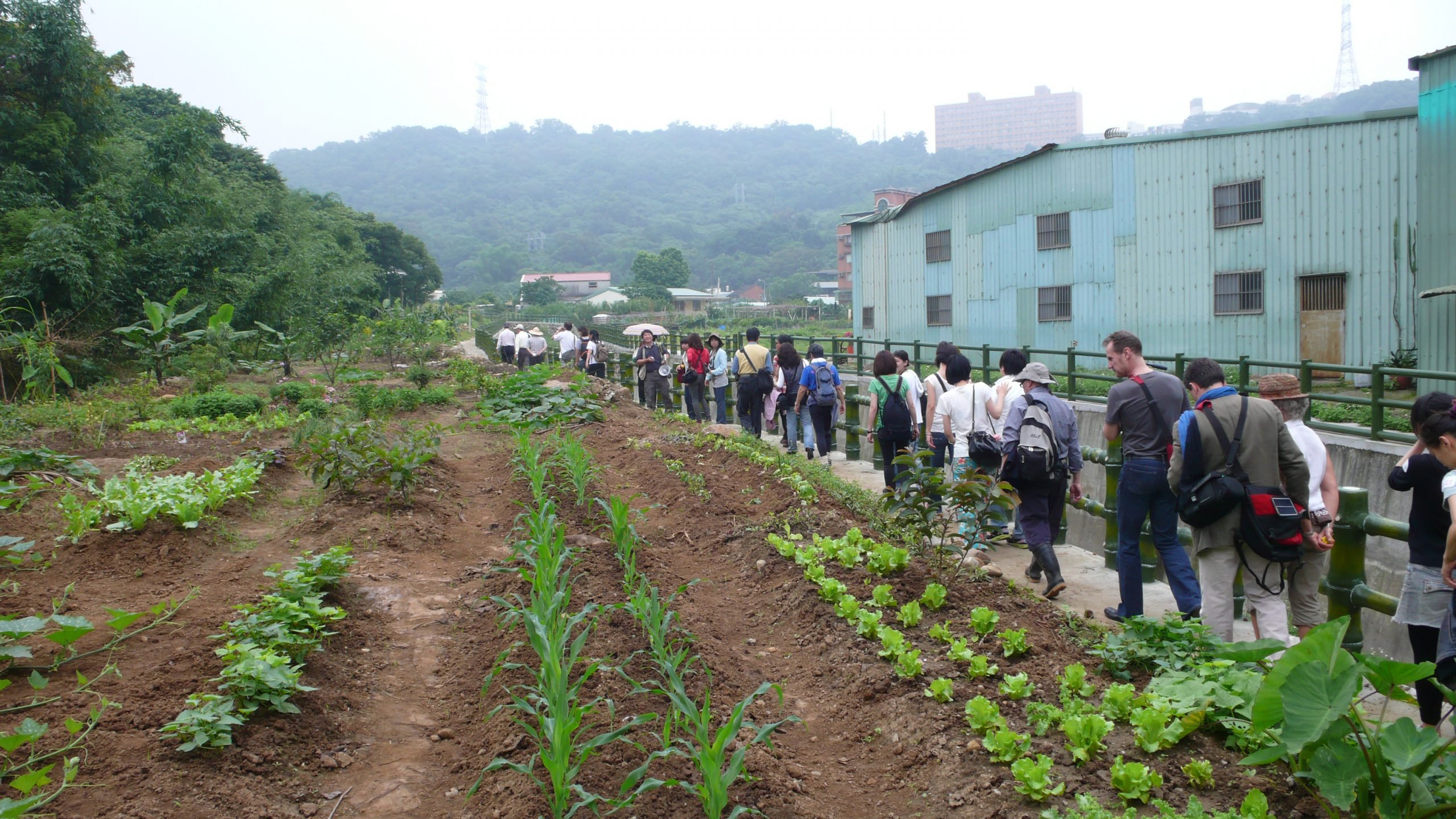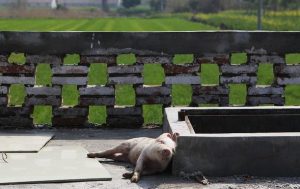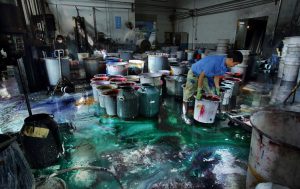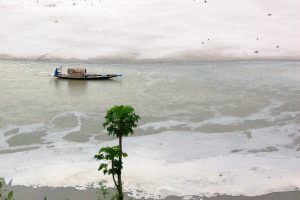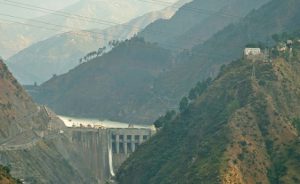There’s nothing passive about the work of Taiwanese artist Wu Mali. For her 2006 work “By the River, On the River, Of the River”, she crisscrossed Taipei’s Tamsui River in boats with participants from local universities, collecting measurements of water level and quality. In 2008, she unveiled “Taipei Tomorrow As Lake Again”, a garden installation alongside the Taipei Fine Arts Museum that visitors were invited to harvest.
Her most recent project gives back not only to viewers but to the land itself. Wu and a small group of artists have worked with locals to rehabilitate the area around Plum Tree Creek, a tributary of the Danshui River in the Zhuwei neighbourhood of Taipei.
Once a bucolic agricultural region, Zhuwei became overrun with blight and pollution following the completion of a metro line and some rapid urban development. It was also Wu’s home, and after observing the decayed state of the waterway, she decided to make it the focus of her next project.
From March 2011 to July 2012, Wu and her collaborators worked closely with the communities around the stream on activities ranging from art classes for elementary school students to a community theatre. They invited experts on urban planning, water use and ecology to offer guidance on the area’s ecological rehabilitation.
Though the project has officially completed, activities in the neighborhood are ongoing. The work attracted the attention of local government authorities, who, Wu said, have agreed to help clean up the creek. The project has ben nominated for a Taishin Arts Award in Taiwan.
“One can simultaneously be an artist and an environmentalist,” Wu told an interviewer in 2010. “Environmentalists are focused on making changes; artists, on the other hand, tell the same story with a different medium, they also give the mind an alternative suggestion – this, I think, is the only difference between the two.”
Wu, who studied at the National Art Academy in Dusseldorf, Germany and has lived and worked in Taiwan since 1986, has used her art to explore themes of gender and history, with a focus in recent years on the environment. As she explained to an interviewer, “Despite the various subjects, I am really dealing with only one core issue in my works: how does a person exist comfortably in an environment?”
Corinne Purtill spoke to Wu about the project.
Corinne Purtill: How do you define “the environment” in relation to your work?
Wu Mali: In the beginning, I thought of the environment more from an ecological point of view. But when I worked in the community, I found out that if you are concerned about environmental issues, you’ve got to respect the social issues too. People who are disadvantaged are usually not in a very good environment. It’s both sides.
CP: What’s your opinion of the way artists in the Chinese-speaking world are exploring environmental issues?
WM: There are artists interested in urban issues, but not environmental issues. I don’t see many people working on those kinds of subjects. The majority of artists are based in an urban environment, and in the city, you don’t really see nature. That’s why most people don’t care about it.
CP: What is Plum Tree Creek, and how did it come to be a focus of your work?
WM: It’s a creek in the neighborhood where I live. The water is quite polluted, because there is a pig farm nearby. The sewage water is not collected and is quite stinky. I was curious why this happened. I followed the route where the water comes from, and found at the upper stream the water was clean.
I thought that this was an issue that we needed to take care of, so I invited some artists to work with me. We developed several projects with the local schools and universities. Through this we influenced the water authorities. When we talked to them, they said there was no information about the creek because it was too small. The government has now taken over clean-up responsibility.
CP: What’s the future of Plum Tree Creek?
WM: Through our activity, there are now many more people who are interested in the Plum Tree Creek issue. There are many more initiatives. We are still continuing on this. We have many different experts working on this – some are experts in nature, birds, water, city planning.
CP: What are you most pleased about?
WM: When we began with the project, only a few people knew about the creek because it was covered. But now, a lot of people know about it. Even the authorities know it too. For me, it’s a great achievement.
